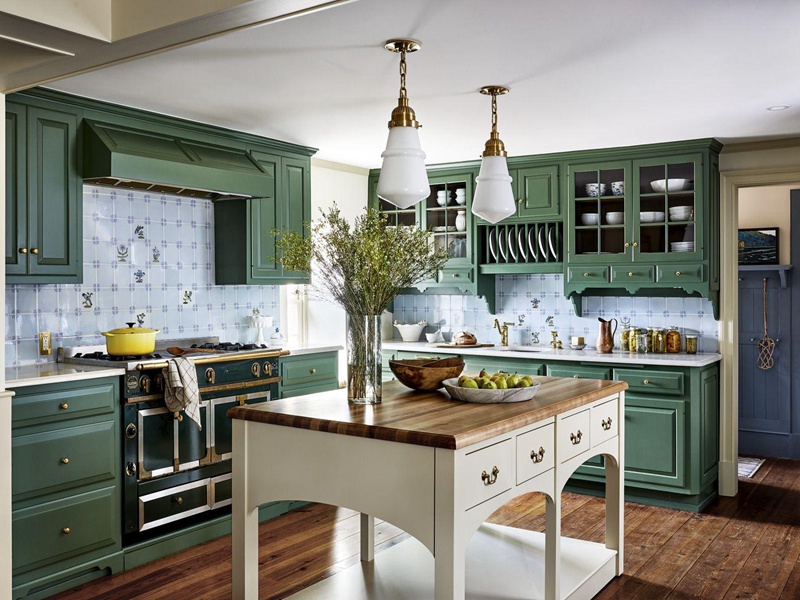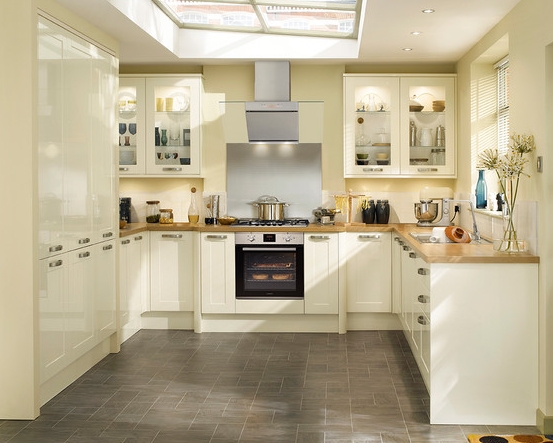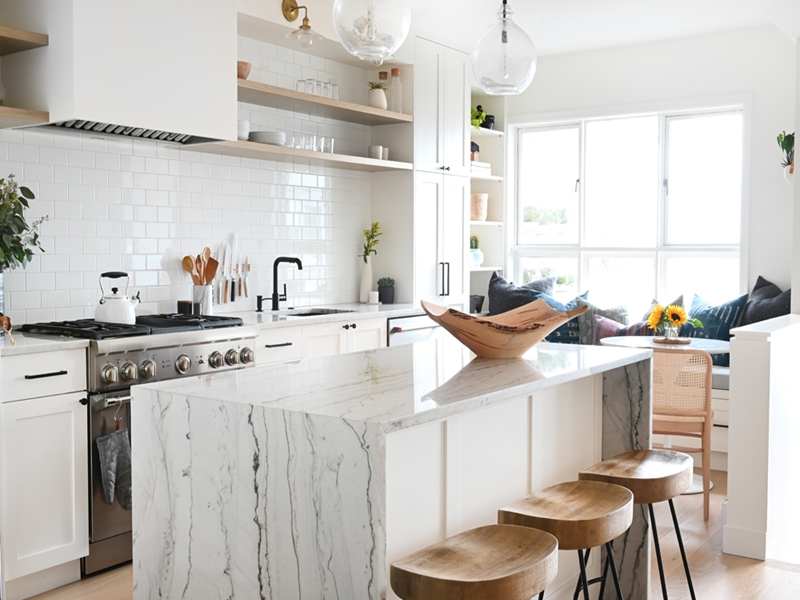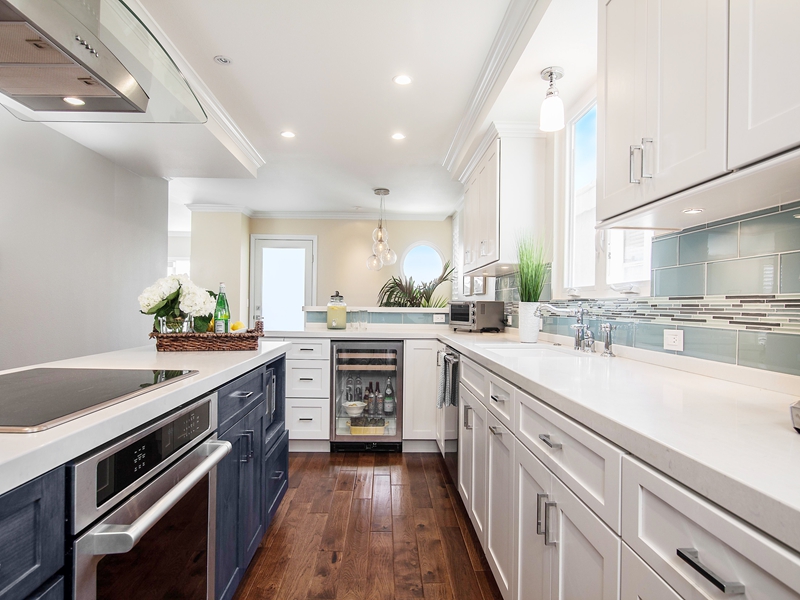Differences between lacquered panels and melamine panels in the same color
Lacquered panels and melamine panels are two common options for kitchen cabinets and furniture. While they may have a similar color, there are differences in their material and finishing process. Here are some key points to understand the differences:
1. Material: Lacquered panels are typically made of MDF (Medium-Density Fiberboard) or plywood, while melamine panels are made of particleboard or MDF with a melamine surface.

2. Finishing: Lacquered panels go through a multi-step process that involves applying several layers of lacquer, by sanding and polishing to create a glossy and smooth surface. Melamine panels, on the other hand, have a printed paper or vinyl layer with a melamine resin overlay that is thermally fused to the substrate.

3. Appearance: Lacquered panels offer a high-gloss or matte finish, depending on the desired look. They have a reflective and luxurious appearance and can create a sleek and modern aesthetic. Melamine panels often mimic the look of wood, but can also have various colors and patterns available.

4. Durability: Lacquered panels are generally more durable and resistant to scratches, stains, and fading compared to melamine panels. However, they may be more susceptible to chipping or cracking if subjected to impact or excessive heat.

5. Cost: Lacquered panels tend to be more expensive than melamine panels due to the additional labor and materials involved in the finishing process.

With more than 20 years of experience in the production of lacquered and melamine panels, YALIG recommends that when choosing between lacquered and melamine panels in the same colour, you should take into account your budget, the aesthetics required and the durability needed for your furniture